Designing for Transformative Learning
In order to design effective WIL programs, it is important to know your students and their goals for participating in your programs. Another learning feature of WIL that distinguishes it from traditional lecture style education is the unexpected or unpredictable learning that comes from interacting with real time issues in authentic settings that have real world implications and outcomes. This “emergent” curriculum is largely unknown at the start of a WIL experience and often presents itself as a problem that the students is encountering. When the learner is well guided and supported throughout the process of resolution, these issues are often reported as some of the most impactful and transformative learning the student has experienced. WIL programs offer many opportunities for such transformative learning.
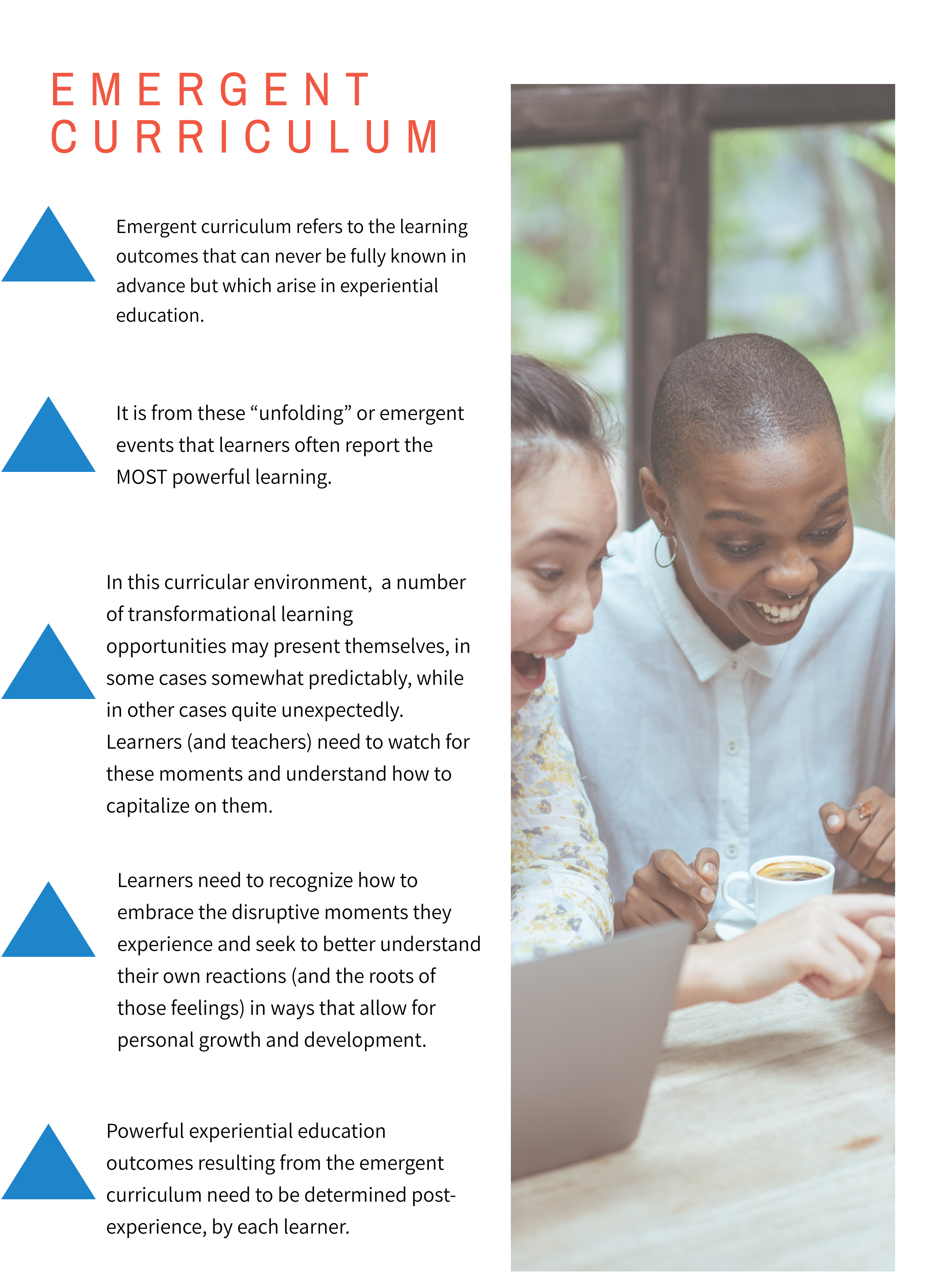
Emergent Curriculum Transcript.docx
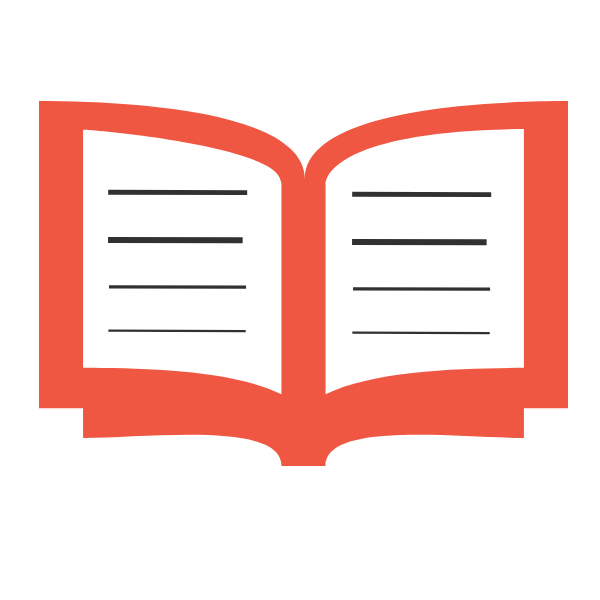 |
Read more about emergent learning outcomes here. |
Designing Meaningful and Transformative Experiences in WIL
In the "What is WIL?" section, we discussed how WIL experiences differ from more traditional lecture learning in several ways: from the roles of the teacher and learner through to the ways in which the learning occurs; the role of the workplace environment and those in it; through to the type of knowledge that is valued and how that knowledge is shared and developed. When designing learning experiences for students in WIL, the learning process, context, and quality are guided, in part, by theoretical principles of constructivism, which you are invited to read more about here. Review the infographic below for details about the principles of designing WIL experiences.
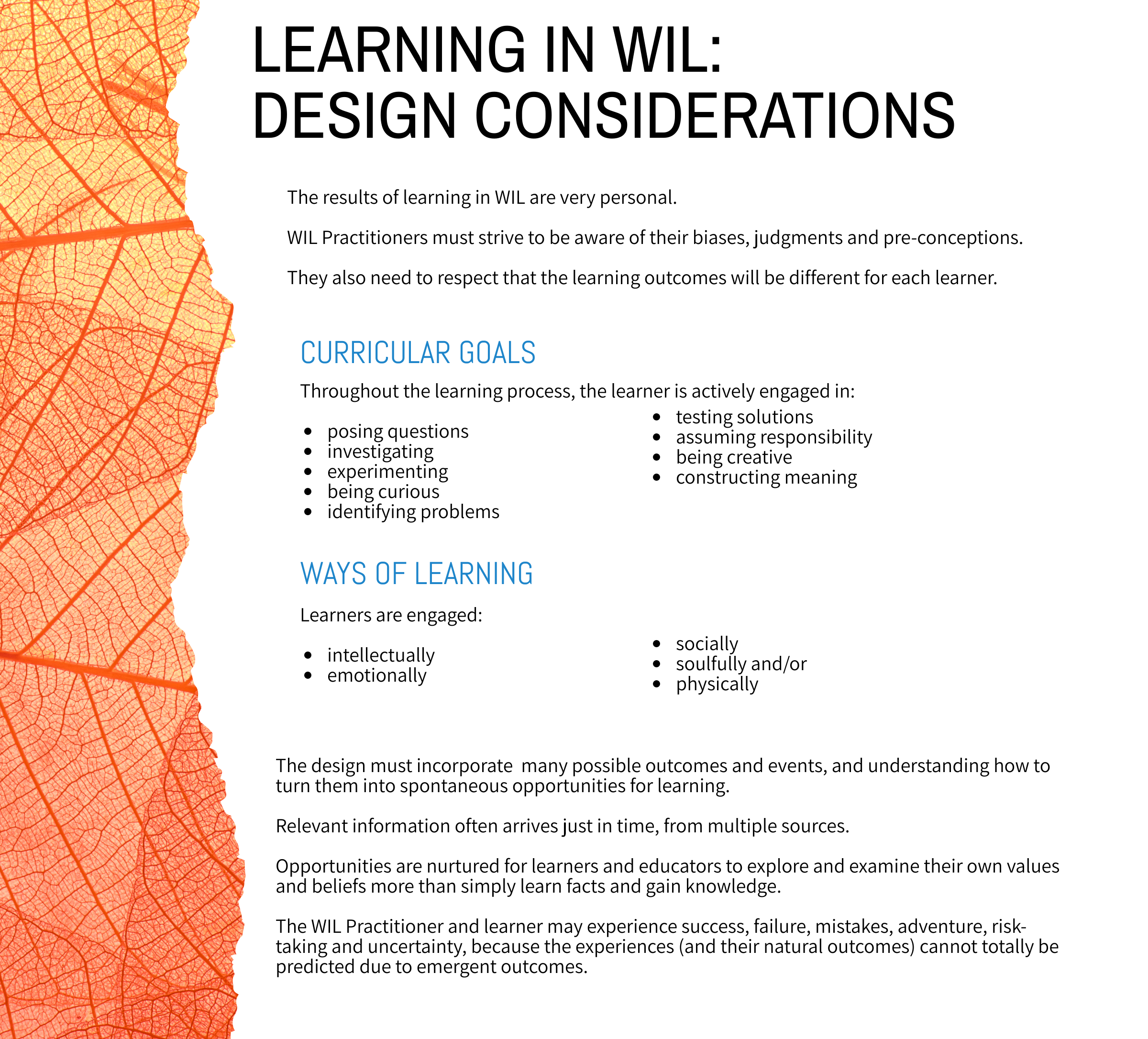
Learning in WIL Design Considerations transcript.docx
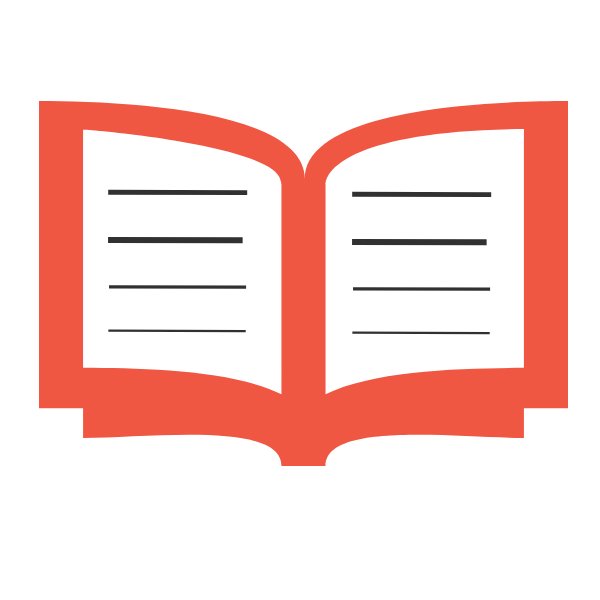 |
For a deeper dive into the design of experiential education, see this resource. |
Activity
 |
Think about an activity you engage in with your WIL students. It may be reviewing their capstone proposal, helping them develop their resume, conducting a site visit, or discussing their final report. Reflect on the practices and resources related to that activity and note an example from those that illustrates one of the WIL design elements. For example, in advance of their WIL experience the student proposes 3-5 learning outcomes they hope to have realized upon completion. This requires them to take the lead and think about what they want to learn and how. Then think of one additional WIL design element you could add related to that activity in support of WIL learning. For example you might invite the student to leave 2-3 additional placeholders in their list of learning outcomes for new ones that may emerge through their WIL activities. This allows them to recognize and value the unexpected and unique learning they moments they encounter as their WIL experience unfolds, and potentially also serve to help them reframe any disorienting (likely identified as a problem) as a learning opportunity. |
Role Changes in Supporting Work-Integrated Learning
We have already touched on the important educational role of the WIL Practitioner in helping guide the WIL student’s learning. The WIL Practitioner is not simply a placement officer, or a provider of information, but plays an active role in coaching WIL student so that they gain as much learning as possible from their experience(s). Here we focus on the educational role you play as it relates to the learning theories that underpin EE.
When supporting learning, the WIL Practitioner is less of the “sage on the stage” (a “transmissive” curricular approach often associated with more traditional lecture style learning) and more of a "guide by the side" (a transactional and potentially transformational approach where student and "teacher" interact to construct meaning from experience). The emphasis of this constructivist teaching approach is on the central role that the student plays in their own unique learning. The WIL Practitioner engages the learner in as much of their own learning journey as possible by coaching and guiding them to take active control of their learning. This approach not only supports professional learning outcomes but also develops personal agency and self-direction.
In thinking about WIL learning in this way, both you and your student contribute to the educational relationship and both will learn together throughout the student’s WIL journey. This requires that the student is able to shape their work-integrated experience to meet their academic, professional, and personal goals. As always, given the diversity of WIL students, bringing an equity lens to this work will help to remove barriers and invite greater inclusivity.
Clearly if the role of the WIL Practitioner changes, so too must the role of the student. In WIL programs, students must play a much more active role in their own learning than they may be used to in the traditional lecture style classroom. Personal and professional agency are desired outcomes so encouraging self-direction/management from the moment the student enters your program is key. For some students this requires a significant change from being passive receivers of information to taking a much more active role of seeking information, assessing it, and determining what else they want to learn and how. This role change may be harder for some students than others depending on their cultural roots and previous educational/professional experiences. Student agency may need to be socialized from the start, and rewarded throughout the WIL student journey.
Transformative Learning
We have talked about how problems or uncomfortable situations that emerge during the student's WIL experience can yield some of the most powerful learning. Often the "disorienting dilemmas" that can precipitate transformative learning emerge from unexpected events that occur during the work-integrated project or placement. This emergent curriculum, quite unique to experiential education, cannot always be foreseen but often provides the basis for some of the most powerful learning that students report.
Your role as a WIL educator is to help recognize those moments and guide the student through them. You can play a key role in supporting WIL students during the moments when "things feel wrong." Mezirow's Transformative Learning theory can help you recognize and manage these issues with your students. Take a look at the following infographic for an overview of transformative learning.
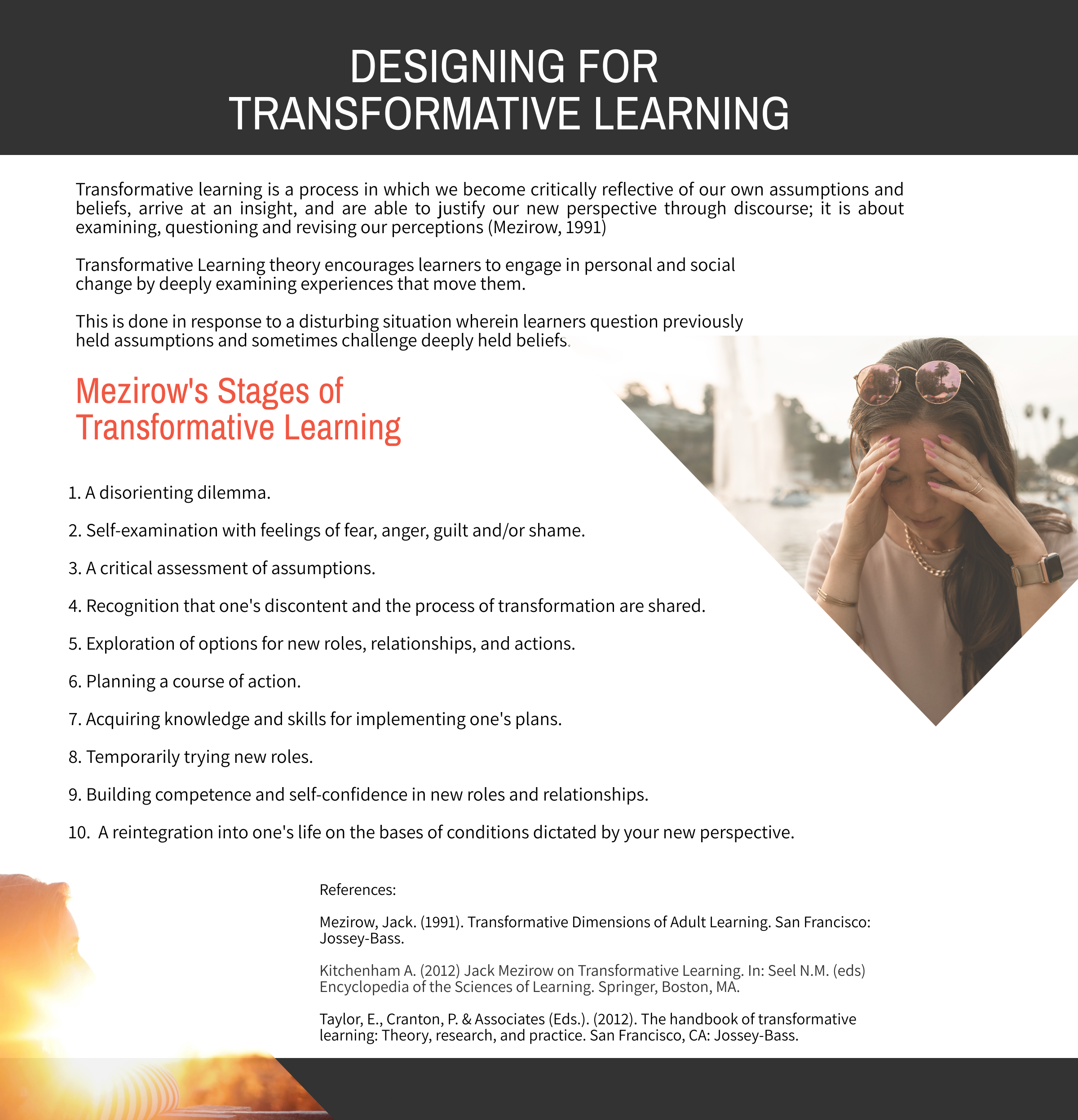
Transformative Learning Theory transcript.docx
Activity
|
|
Please take a moment to consider this scenario. This activity should help you identify and understand problems your students report, and assist in their resolution, while always keeping learning at the forefront. Only once WIL Practitioners can recognize that many of the problems reported by students “on the job” are actually rich opportunities for learning, AND know how to reframe and provide the appropriate guidance and support for that learning, can the full value of learning from experience be realized. |
